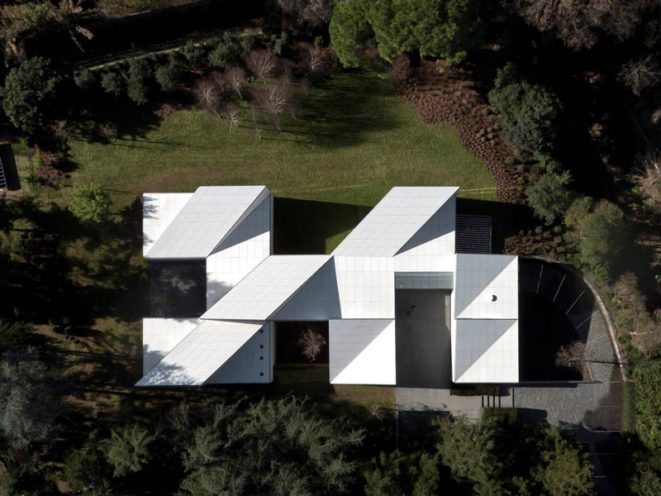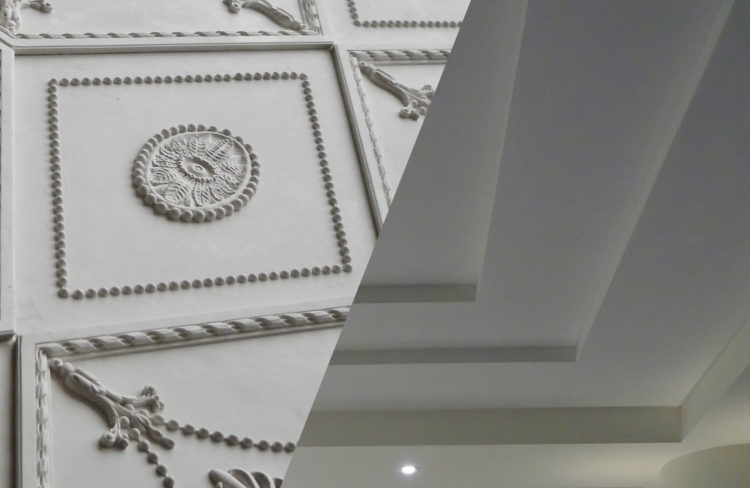Showcasing existing heritage
A refurbishment means refitting a building in terms of internal comfort whilst maintaining its external appearance. Refurbishments demand respect for the architectural character of the buildings.
Old historic monuments are renovated and refurbished as hotels or cultural sites. The end result is preserving heritage and above all promoting it.
Heritage preservation
Refurbishing an old heritage site involves preserving the existing buildings and updating them to current tastes, all as part of a sustainable development approach. A large number of monuments have been abandoned, ready for refurbishment as cultural sites, tourist attractions or even homes.
The refurbishment of an old building adopts a twofold strategy:
improving the old and enhancing its image.
As a result, the old building is adapted to contemporary requirements and becomes something to be conserved and promoted.
The fact of refurbishing a historic building means maintaining the traces of the past but also the unique features of ancient constructions. Some structures are evidence of ancestral know-how that has disappeared in favour of modern constructions. A number of companies specialize in renovating those buildings in a way that maintains their architectural models.
Refurbishment of Le Couvent des Minimes
1613
1862
1999
2008
2014
Le Couvent des Minimes was founded in Mane in 1613 by the Marquis Melchior de Forbin Janson for the Order of Minims, a mendicant order created by Saint Vincent de Paul. The convent’s primary activity was the cultivation and study of plants.
The botanist Louis Feuillée studied there and wrote two treatises on botany while at the convent.
We also owe the importation of nasturtiums and fuchsia to him. He would later become botanist to King Louis XVI.
Le Couvent des Minimes would remain unoccupied until 1862, when Canon Terrasson, the archpriest of Forcalquier, undertook its transformation into a hospice.
Some time after the convent’s conversion, a community of nuns moved into the hospice to look after its residents.
In 1999, the nuns who cultivated the gardens to feed the hospice’s occupants and those from tropical countries left the convent.
It was once again unoccupied until it reopened as a hotel and spa in June 2008.
From a convent to a 4-star hotel
The monumental transformation of the convent was entrusted to Bruno Legrand, an architect specializing in the restoration of old buildings.
The project consisted of converting the Minims convent into a luxury 4-star hotel, whilst safeguarding the original spirit of the place.
Bruno Legrand, BLA Architecture
In 2011, the hotel earned its fifth star, the only establishment to do so in the Alpes-de-Haute-Provence department, in recognition of the quality of its amenities and the high standards appreciated by its clientele.
In 2014, Atelier Pascal Borde began a refit which combined modernity with the elegance of the site, giving Le Couvent des Minimes a whole new look.
A perfect melding of a modern style with the preserved spirit and soul of the old building. The colours of Provence come to you as soon as you step foot inside: the subtle mix of green, pink and blue concocted by Mr Borde.
Press release, Couvent des Minimes
Contribution from Maison Rouveure Marquez
Rouveure Marquez participated in the refurbishment of this old convent. Our ornamental plasterers fabricated ribbed vaulting and furniture out of fibrous plaster to accentuate the charms of the old building.
Read also
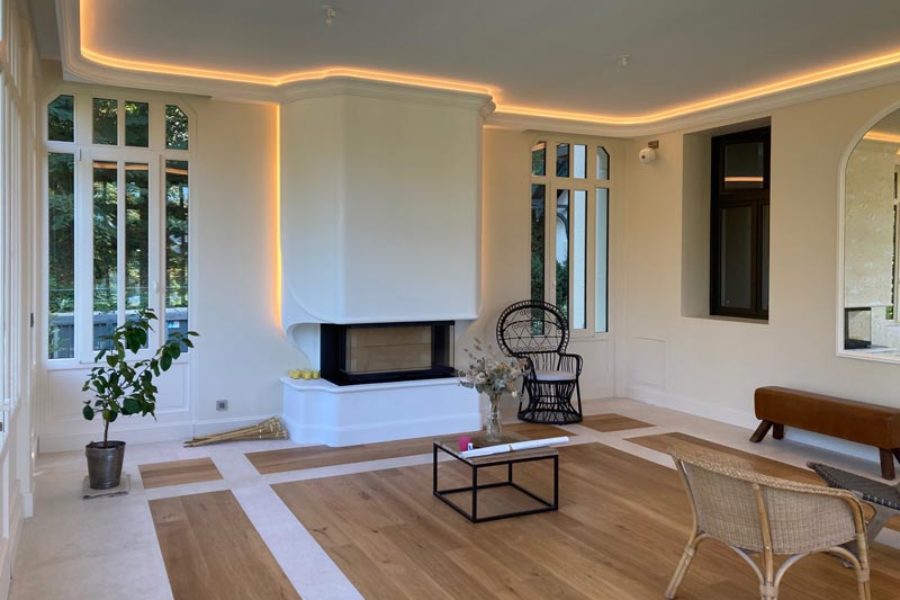
Discover our fibrous plaster fireplaces for interior design. Fireplaces are real architectural pieces, adding an air of cachet and elegance to any room…
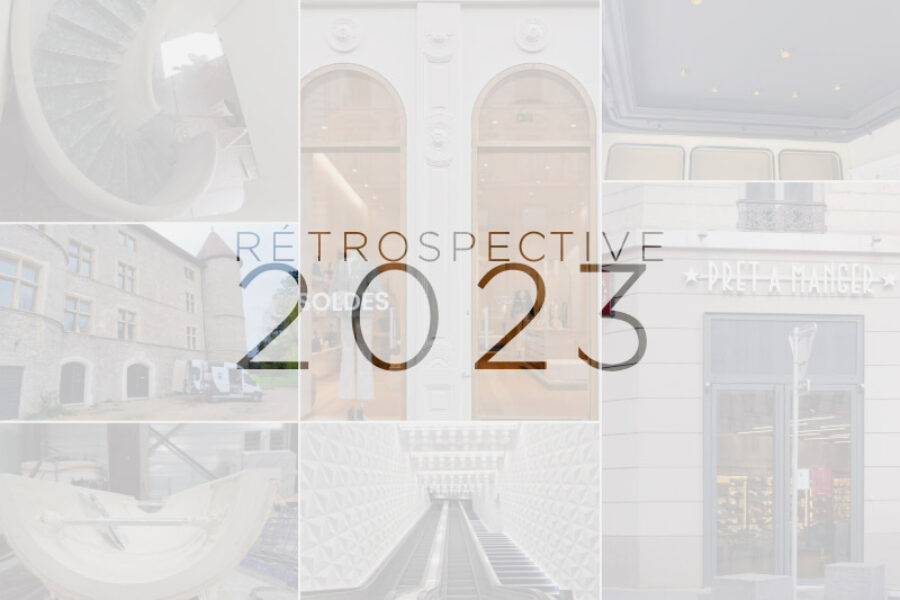
A look back at our fibrous plaster projects in 2023: luxury interior spaces for boutiques, shops and private homes, as well as international honours
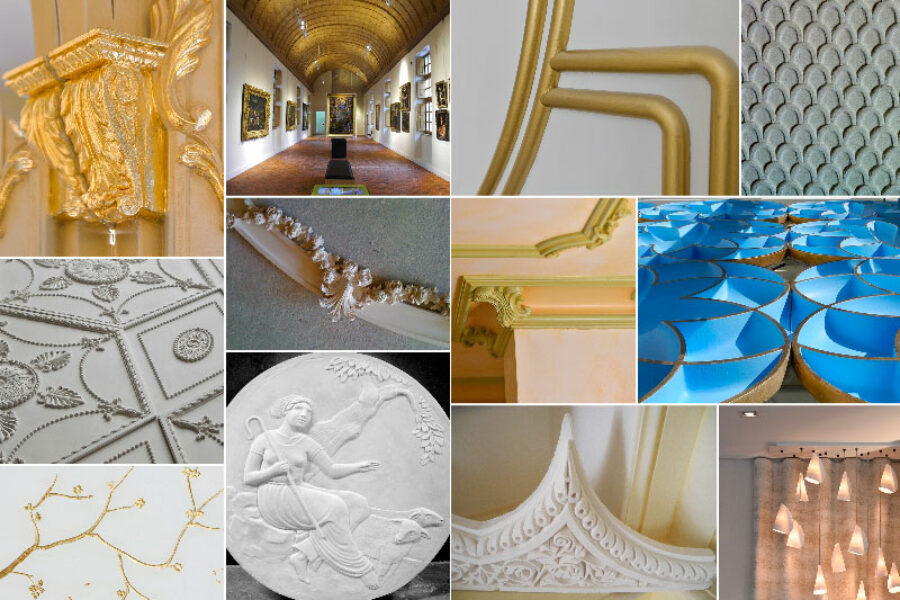
From one generation to the next, ornamental plasterers have updated their know-how in order to adapt to different decorative styles, whilst retaining the skills of yesteryear.
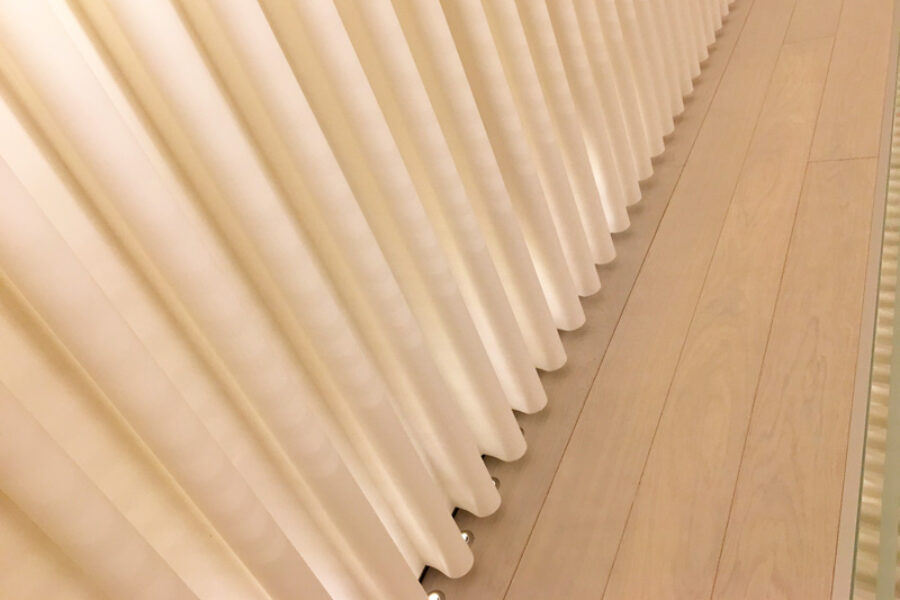
How is fibrous plaster – a material hailed for its adaptability into a wide variety of shapes and forms – worked for use in interior architecture?
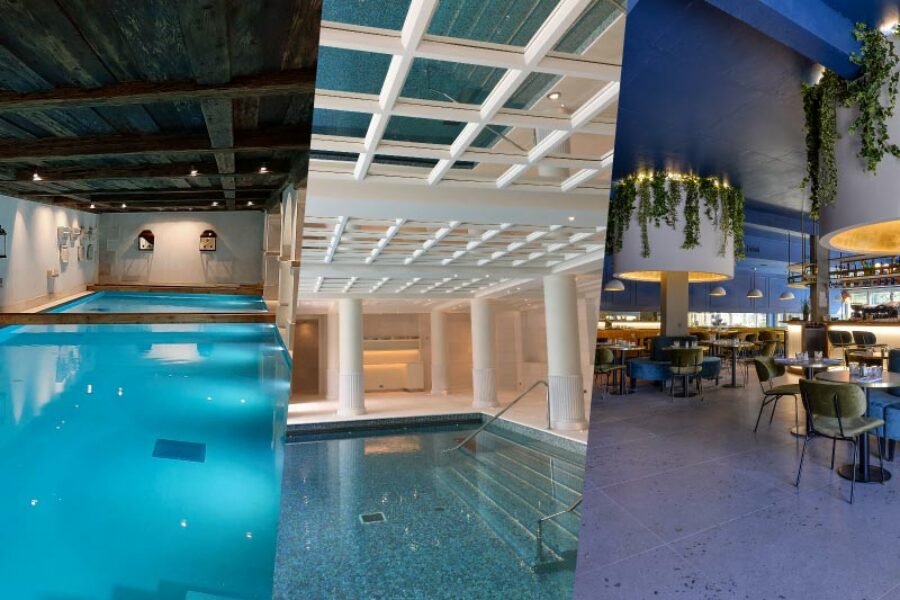
three glimpses of projects for the hospitality sector Our fibrous plaster creations made for hospitality projects led by nationally and internationally renowned architects!
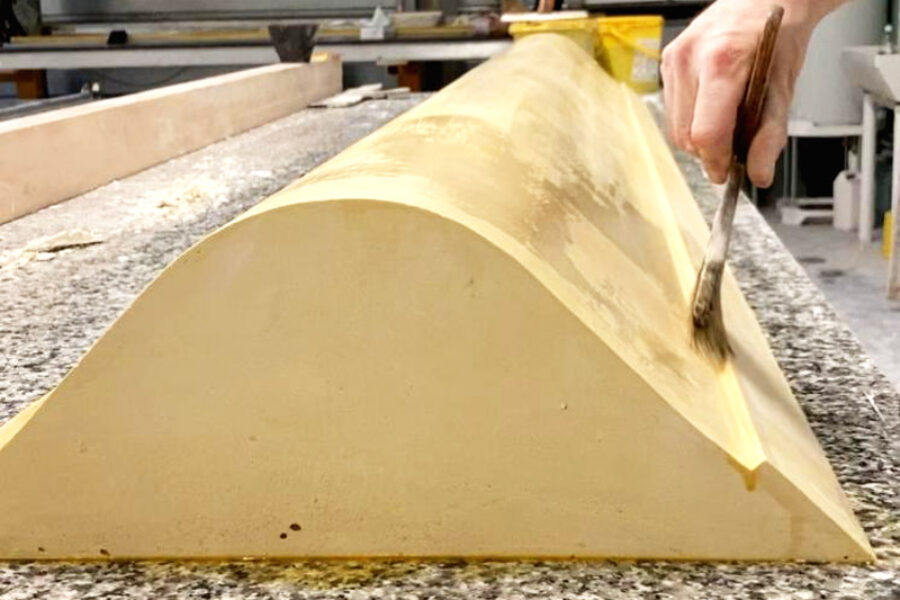
Applying ancestral know-how, our ornamental plasterers follow specific steps to make fibrous plaster creations.


